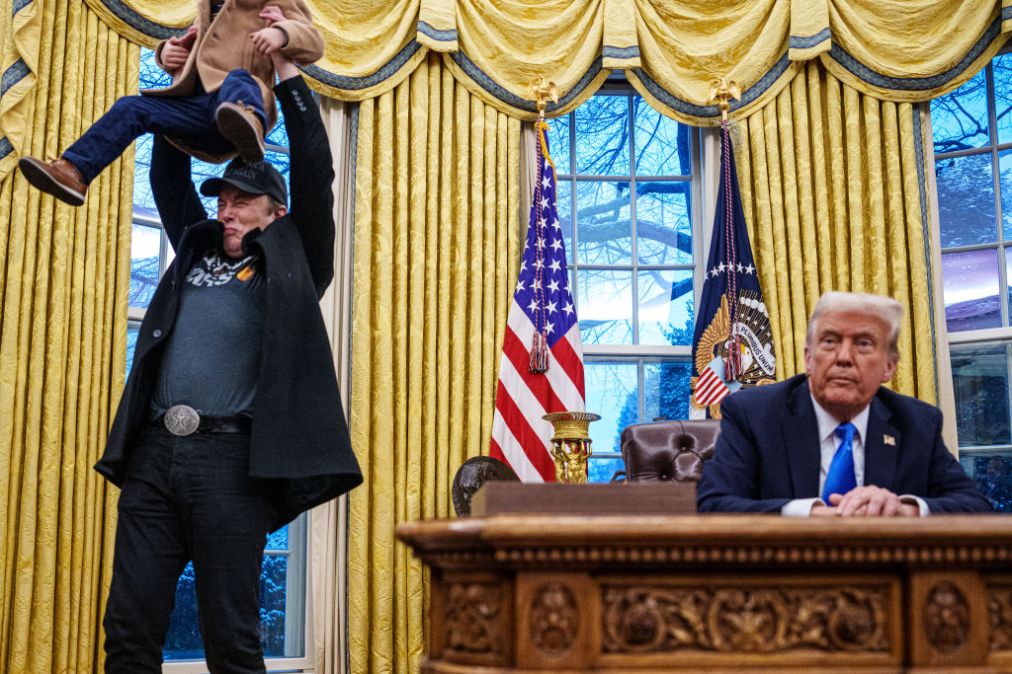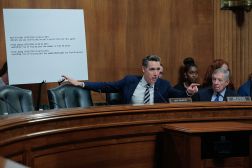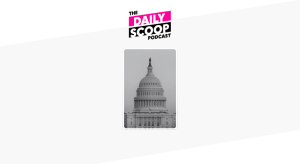Trump order limits agency hiring, puts DOGE leads in decision-making roles

President Donald Trump accelerated his reduction of the federal workforce Tuesday with an executive order that minimizes agency hiring allowances, requiring four workers to depart for every one hire to be made.
The order to implement Trump’s Department of Government Efficiency ”workforce optimization initiative” calls on the Office of Management and Budget director to submit a plan to reduce the federal workforce through those hiring limitations once the administration-mandated hiring freeze ends.
“To restore accountability to the American public, this order commences a critical transformation of the federal bureaucracy,” the executive order states. “By eliminating waste, bloat, and insularity, my administration will empower American families, workers, taxpayers and our system of government itself.”
Agencies are asked to begin initiating large-scale reductions in force (RIFs) and to prioritize offices that are “not mandated by statute or other law,” according to the executive order.
These offices include all agency diversity, equity and inclusion initiatives, as well as initiatives, operations and components that the administration either suspends or closes. In addition, all components and employees who are not designated as essential during a lapse in appropriations are also prioritized for RIFs.
The head of each agency is required to develop a data-driven plan with its internal DOGE team lead for the hiring of career employees in the highest-need areas. New career appointment hiring decisions have to be made in consultation with the DOGE team lead, per the order.
“The agency shall not fill any vacancies for career appointments that the DOGE team lead assesses should not be filled unless the agency head determines the positions should be filled,” the executive order states.
Additionally, each agency DOGE lead has to provide the U.S. DOGE Service administrator with a hiring report each month. Within 240 days of the order, the USDS head is required to submit a report to the president concerning the order’s implementation, with any recommendations on extending, modifying or terminating its provisions.
The Trump administration’s efforts to slash the federal workforce include a deferred resignation offer, an executive order bringing federal employees back to in-person work, and the restoration of the classification formerly known as Schedule F, which allows a president to more easily fire federal workers.
Experts including one former Office of Personnel Management official have said that workforce reduction efforts like Schedule Policy/Career could hurt the government technology workforce and negatively affect recruitment.






